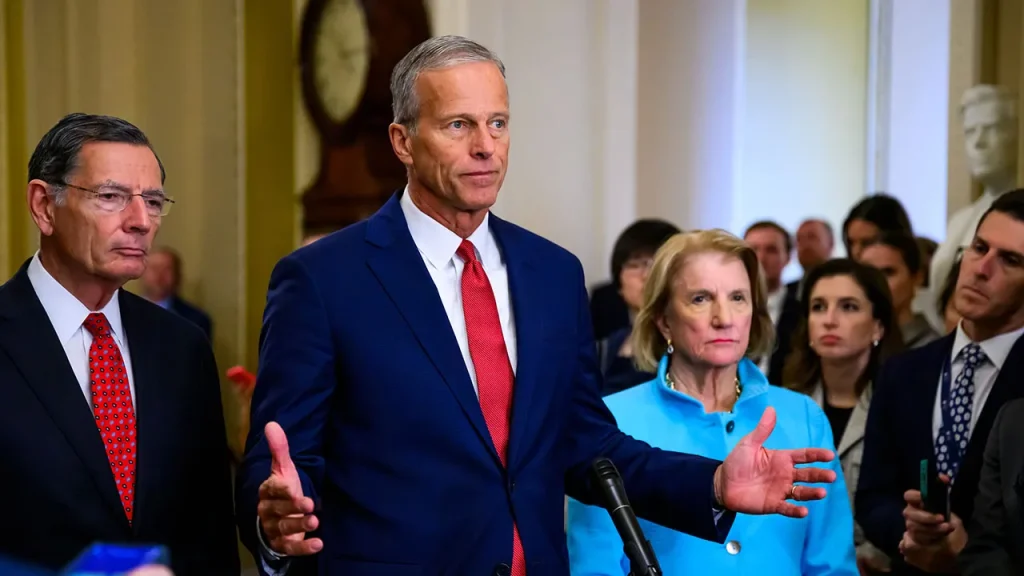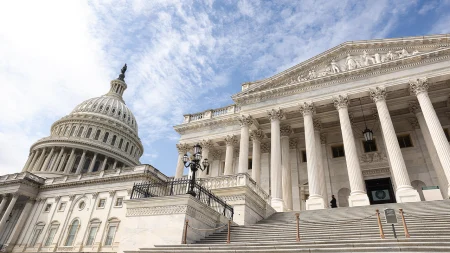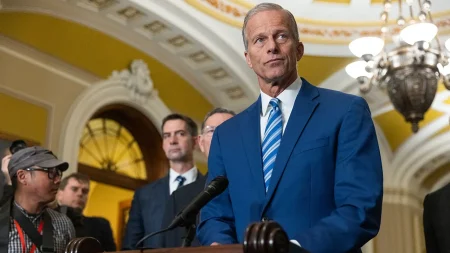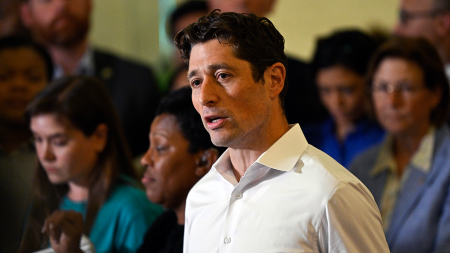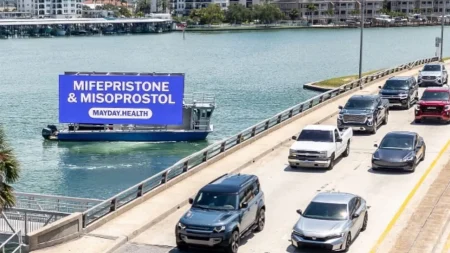Senate Republicans Advance Plan to End Government Shutdown with New Spending Package
In a significant move to break the ongoing stalemate, Senate Republicans have unveiled a three-bill spending package aimed at reopening the federal government after a 40-day shutdown. Dubbed a “minibus,” this package represents a strategic effort to jumpstart the funding process while navigating the complex political landscape that has kept government offices closed for over a month. Senate Majority Leader John Thune and his Republican colleagues are positioning this legislative package as a bipartisan solution that could potentially attract enough Democratic support to move forward. The package includes funding for military construction and Veterans Affairs, the legislative branch, and agriculture and the Food and Drug Administration—all areas with traditionally strong bipartisan backing.
The political calculus behind this move reveals the delicate balancing act Republican leadership is attempting. After weeks of challenging Senate Democrats to vote against the original House-passed continuing resolution (CR), Thune has shifted strategy to present a more palatable option that might generate the necessary votes for passage. “There’s going to be something to vote on, let’s put it that way,” Thune stated, signaling his determination to move beyond the impasse that has paralyzed government operations. This new approach represents an acknowledgment that breaking the deadlock will require compromise, though Republicans have stopped short of meeting Democrats’ central demand—extending expiring Obamacare subsidies within the same legislation.
At the heart of this standoff lies a fundamental disagreement about healthcare funding. Senate Democrats, led by Minority Leader Chuck Schumer, have consistently demanded that any government funding agreement include an extension of Obamacare subsidies set to expire. Republicans have countered with a promise to address the subsidies in separate legislation after the government reopens, creating a chicken-and-egg scenario that has prolonged the shutdown. Thune’s offer to guarantee a vote on the subsidies after reopening has thus far failed to satisfy Democratic concerns, though the introduction of the minibus package may change this dynamic. If Democrats accept this compromise, it would represent a significant shift from their previously unwavering position and potentially open the door to ending the month-long shutdown.
The procedural path forward remains complex and potentially fraught with obstacles. Lawmakers will first consider the original House-passed continuing resolution, which will serve as the legislative vehicle to which the minibus and an updated CR can be attached. Multiple votes will be required in the Senate before the package can advance to the House for consideration and ultimately to President Trump’s desk for signature. Throughout this process, Senate Democrats retain the ability to create procedural hurdles, potentially extending the timeline for resolution. The Democratic caucus was expected to meet to determine their collective response to this Republican proposal, with their decision likely determining whether this represents a breakthrough or merely another chapter in the ongoing shutdown saga.
Despite this forward movement, skepticism remains about whether this initiative will succeed in breaking the impasse. Senator Markwayne Mullin expressed the frustration felt by many Republicans, stating bluntly, “I don’t expect anything from the Democrats. At this point, their demands have been so ridiculous, I don’t know what they’re going to do, and at this point, I frankly, don’t give a crap.” This sentiment highlights the deep divisions and mutual frustration that have characterized this shutdown, now one of the longest in American history. The political stakes remain extraordinarily high for both parties, with neither wanting to be perceived as capitulating to the other’s demands while government workers continue to go unpaid and essential services remain curtailed.
The coming days will prove decisive in determining whether this Republican gambit succeeds in breaking the deadlock. If Senate Democrats find sufficient value in the minibus package to justify postponing their fight for Obamacare subsidies, the shutdown could end relatively quickly. If not, the political stalemate may continue, further testing the patience of federal workers and the American public. What seems clear is that after forty days of shutdown, pressure is mounting on both parties to find a path forward. The introduction of this spending package represents perhaps the most substantial attempt yet to craft a solution that allows both sides to claim some measure of victory while reopening the government—a goal that, despite fierce partisan differences, remains shared by leaders of both parties and the vast majority of Americans.





